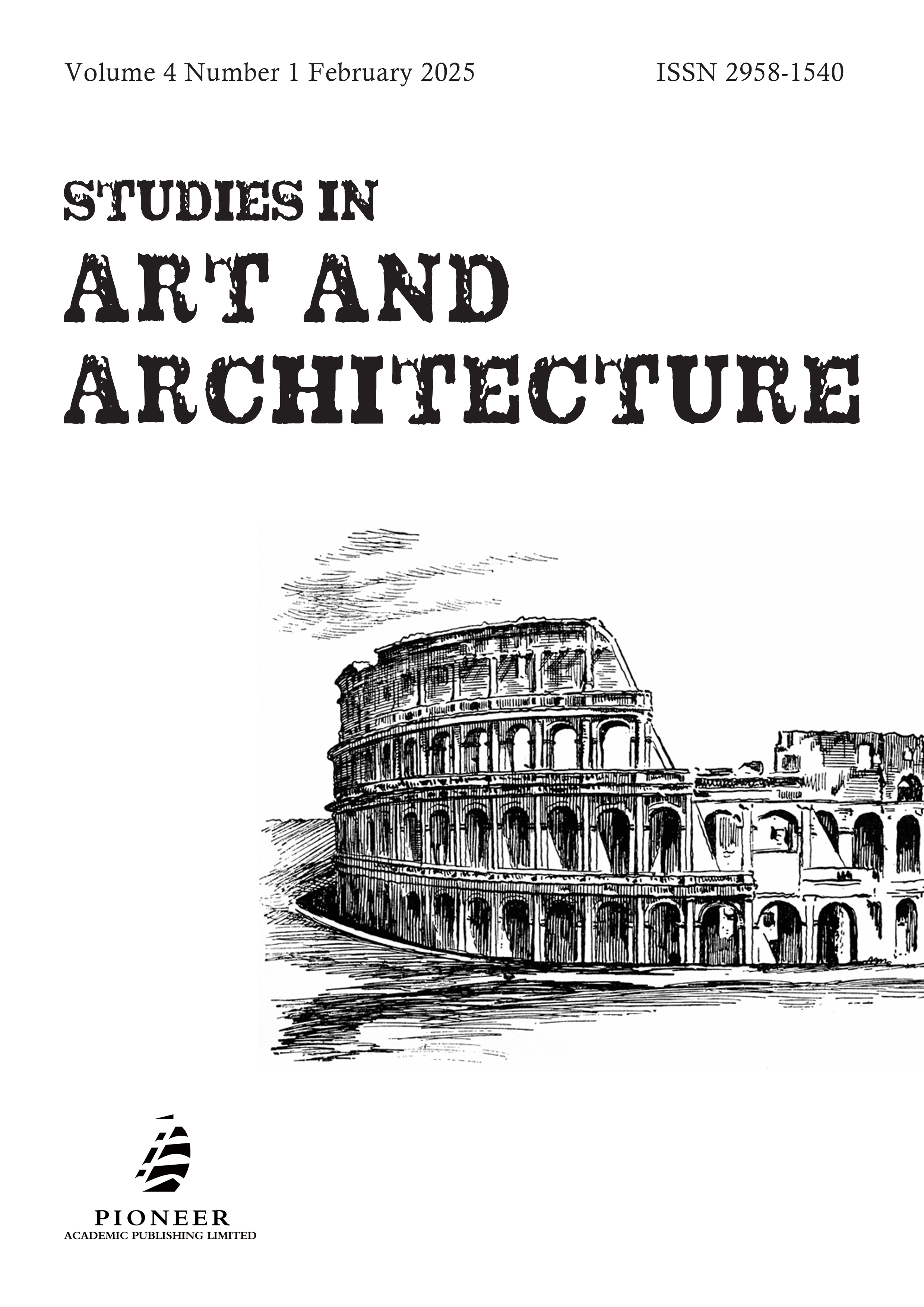Analysis of Thermal Conductivity, Heat Capacity, and Thermal Inertia of Different Proportions of Rammed Earth and Mud Grass
Keywords:
rammed earth, mud grass, thermal conductivity, heat capacity, thermal inertia, sustainable materials, energy efficiencyAbstract
The thermal properties of construction materials play a crucial role in determining the energy efficiency, comfort, and overall performance of buildings. This study explores the thermal behavior of rammed earth and mud grass, two sustainable materials, by analyzing their thermal conductivity, heat capacity, and thermal inertia. Different material proportions were tested to assess the impact of moisture content, compression, and drying on these properties. Results show that varying the proportions of sand, gravel, earth, and plant fibers significantly affects the thermal performance of both materials. Rammed earth, with its high thermal mass, and mud grass, with its excellent thermal insulation, offer promising solutions for energy-efficient building design. These materials, when combined in the right proportions, can significantly reduce energy consumption and improve indoor thermal comfort. The study highlights the importance of understanding the thermal behavior of natural materials in the context of sustainable building design, providing valuable insights for the development of low-carbon, energy-efficient, and resilient buildings.


